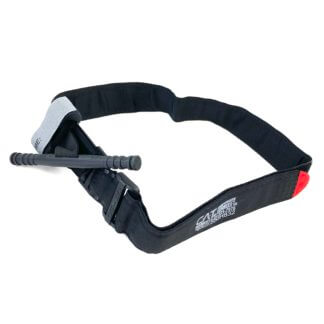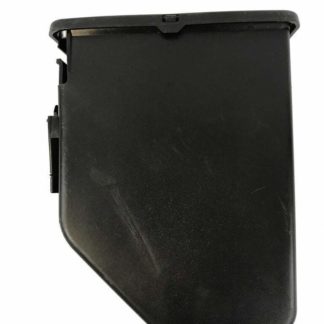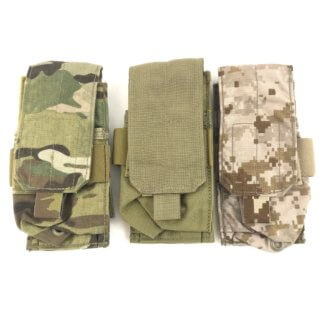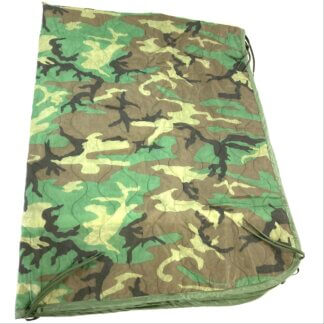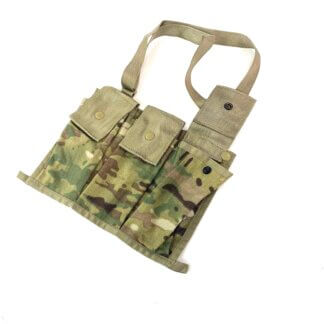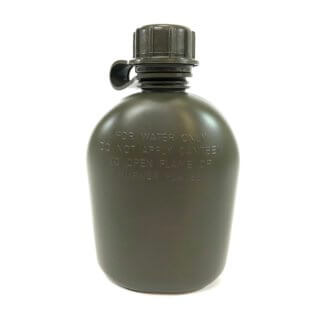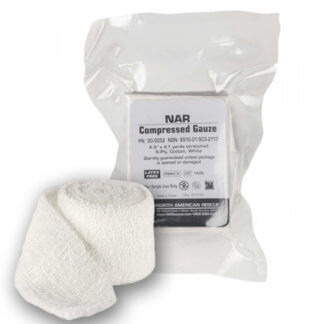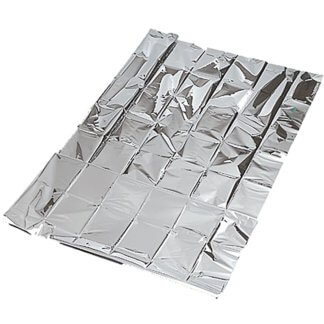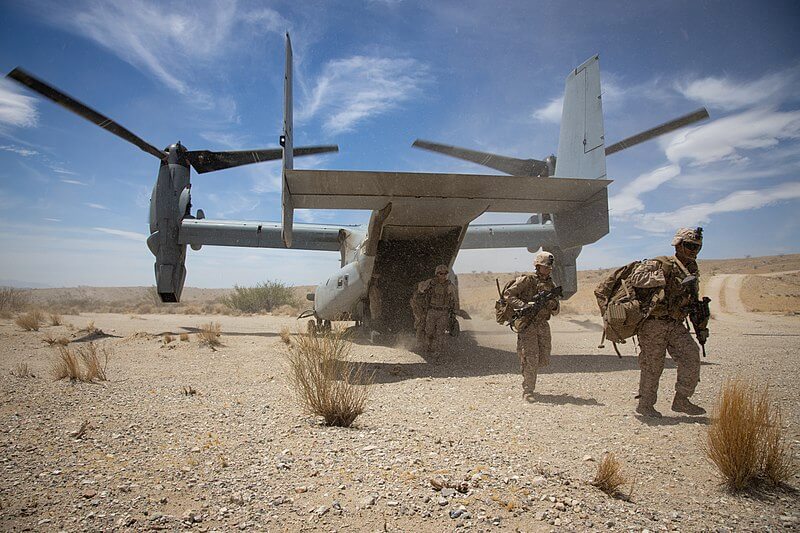
US Military History Throughout The Years
Short bits of history you know and some you may not!
- Top Torpedo: Wednesday, November 29, 1944 – During WW2 the submarine USS Archerfish sinks the Japanese aircraft carrier Shinano. The USS Archerfish was on her fifth patrol of the war near Tokyo Bay, and the ships crew would observe what they thought was an escorted tanker ship leaving the bay and follow it. The crew would discover the tanker was a large aircraft carrier after more observation and after six hours of tracking the enemy ships the USS Archerfish would attack. The submarine would fire 6 torpedoes at the large carrier as it turned into its line of attack. The torpedoes were set to run shallow in the water in order to hit high on the ship and hopefully cause it to flip from the damage. The Japanese ship would quickly sink and when the USS Archerfish reported the attack officials believed it was just a small carrier, as no large carriers were suspected to be in the area. Later on it was found that the submarine had sunk the Shinano, the largest aircraft carrier in the world at the time. USS Archerfish was credited with sinking the 72,000 ton super carrier, and to this day holds the record for the largest ship sunk by a submarine. The USS Archerfish would receive the Presidential Unit Citation and the captain of the ship would receive the Navy Cross for actions taken.
- Farewell: Thursday, December 4, 1783 – After leading the Continental forces for nearly 8 and a half years, General George Washington would bid farewell to his officers in Fraunces Tavern in New York City and resign his commission days later as the leader of the Continental forces. His resignation gave nations around the world hope that the new nation would not degenerate into chaos with its new independence and was acclaimed in America and abroad.
- The Grand Union Flag: Sunday, December 3, 1775 – The Continental Colors, the Congress Flag, the Cambridge Flag and the First Navy Ensign. All names given to the first national flag of the new United States of America. By the end of the first year of the Revolutionary War is was found that the new US needed its own flag to represent it and to be used in the place of other flags used by local areas, like the New York George Rex Flag. The flag would feature 13 stripes, something that continues to this day. The upper right corner would feature the flag of Great Britain, to symbolize who the colonies had been subjects of. The new colors would see their first use when hoisted on the warship Alfred, commanded by John Paul Jones, on December 3rd 1775. From there it would be used as a naval ensign in the Continental Navy and as a garrison flag by the Continental Army. It is not known who can be credited with the design of the flag, but the one that was flown above the Alfred is credited to Margaret Manny.
- Operation Cobra’s Anger: Friday, December 4, 2009 – In an effort to help reverse Taliban momentum in southern Afghanistan US Marines lead Operation Cobra’s Anger in Helmand. The operations goal was to disrupt Taliban supply and communication lines in the area, as well as reopen coalition supply lines in the area to FOB Cafferatta. The Forward Operating Base had been cut off from ground resupply and was only accessible by air. The 1,000 Marines would be joined by about 150 Afghan troops and a small Danish armor attachment. The operation is notable for being the first time the V-22 Osprey aircraft would be used in combat operations in Afghanistan. The tilt rotor half plane/half helicopter aircraft had only been fielded by the USMC for a couple years at that point and had not been in Afghanistan yet. The V-22 would assist in inserting the Marines and Afghans into the target area of the Now Zad Valley. In just two years the V-22’s in Afghanistan would log over 100,000 hours of flight time. Aside from transporting troops during combat operations the Osprey would find itself as a favored aircraft for casualty evacuation. The V-22 is faster than the helicopters typically used, enabling wounded troops to reach higher levels of care within the “golden hour”. This hour is the standard used for the timeline from when a person is injured in combat to reaching higher treatment. This hour timeline can be credited for saving countless lives and also, in part, dictated how and where US troops could go in Afghanistan and Iraq.
This week’s featured products.
Best-Selling Military Gear
-

North American Rescue GEN 7 CAT Tourniquet
$29.99 Select options -

USGI M249 SAW Ammo Box, 200 Round
$11.99 – $16.99 Select options -

Eagle Industries Double M4 Mag Pouch
$3.99 Select options -

USGI Military Poncho Liner, Woobie Blanket
$19.99 – $49.99 Select options -

USGI 6 Magazine Bandoleer
$7.99 – $21.99 Select options -

USGI 1 Quart Canteen
$5.49 Select options -

North American Rescue Compressed Gauze
$4.99 Select options -

North American Rescue Survival Blanket
$1.59 Select options

